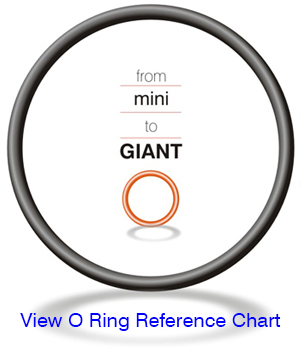Welcome To Mech Spares Private Limited
Basic Mechanical

Hardness
Once a rubber type has been selected, the hardness range must be determined. Hardness is measured in degrees on the Shore “A” or IRHD scale (the values are similar although Shore “A” readings are usually one to three degrees higher than IRHD readings). Hardnesses are normally based on a nominal figure e.g. 50 ±5° or as a hardness range e.g. 50-60°.
Materials below 30° are extremely soft and comparable with foams. These are available but must be regarded as a special requirement.
A set of hardness test pieces may be obtained from Mech on request but the hardness ranges may generally be described as follows:
- VERY SOFT 30-40°
- SOFT 40-50°
- SOFT – MEDIUM 50-60°
- MEDIUM 60-70°
- FIRM 70-80°
- HARD 80-90°
- VERY HARD 90-100°
Typical Tensile Strenghts
Any specific requirements relating to tensile stress/strain properties should be defined by minimum tensile strength, minimum elongation at break and, where relevant, by modulus (i.e. minimum tensile stress at a given strain). Such limits should be derived by calculation based on the actual requirements of the application, by comparison with known values for similar applications or materials, or by testing a material which has been proved satisfactory by trial or experiment.
Tensile Strenghts Table
Compression set
Many Uses of Rubber are compression applications and it may be necessary to define the maximum compression set taken on by a rubber when under load for a period of time. This is usually expressed as the percentage of the compression which is not recovered within a short time after release (30 minutes in BS 903 pt.A6).
Compression set limits should only be specified when necessary and must give the time and temperature as well as the amount of compression to be applied. Typical compression set values are shown below for 24 hours compression at 70°C. The test pieces were compressed to 75% of their original height.
Typical Compression Set values camn be found here: Typical Compression Set Values
Products
- Rotary & General Sealing
- O Rings
- V Rings
- Hydraulic Rod Seals
- Wiper Seal
- Hydraulic Others
- Pneumatic Seals
- Pneumatic Rod Seals
- Piston Seals
- Rubber Sheets
- Expansion Joints & Bellows
- Fabric Bellows
- Gaskets
- Rubber Plastic & PVC Caps
- Engineering Plastic
- General Products
- Custom Made Rubber
- PTFE Products
- Pu Products
- Diaphragms
Technical Data
© Mech Spares Pvt. Ltd. All rights reserved.
Website Design by EWEBAC


